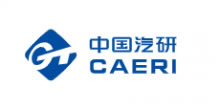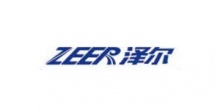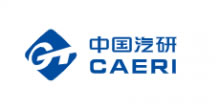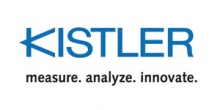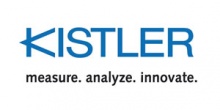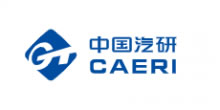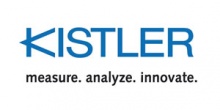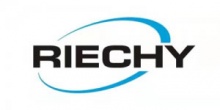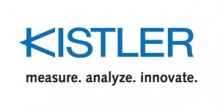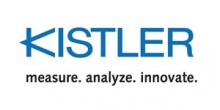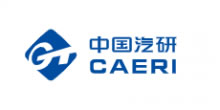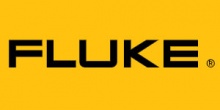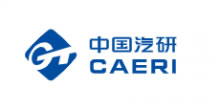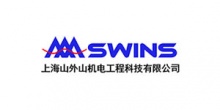DSD, Altair and FluiDyna to develop novel computer modeling technique for analysis of lubrication fl

Drive System Design (DSD), Altair and FluiDyna are working together to jointly develop and enhance a novel computer modeling technique, nanoFluidX, that significantly improves the analysis of lubrication flow.
The approach utilizes smoothed particle hydrodynamics (SPH) methodology and increases the accuracy of analysis while reducing the simulation time from weeks to just a few days, when compared to traditional methods.
DSD is using nanoFluidX to improve EV range by reducing losses in the drivetrain, identified as the largest energy draw on the battery pack at steady speeds up to approximately 80km/h (50mph), even bigger than the vehicle’s aerodynamic drag. Improving efficiency at these lower speeds is essential to achieve worthwhile improvements in real-world driving range.
“Bearing, gear and seal losses are well understood by the industry; the interaction between rotating components and the transmission lubricant however has been too complex to explore within a typical project timescale,” explained Matt Hole, head of design engineering, Drive System Design.
“Practical tests using transparent casings have some value but it is difficult to visualize what is going on deep within the rotating components. The hardware lead times can also be prolonged; finite volume CFD analysis typically involves extensive run times, with each test point requiring several weeks’ computing just to generate a couple of seconds of real-time data.”
DSD has overcome these difficulties working alongside Altair and FluiDyna by developing the software to make it suitable to solve drag and fluid visualization in transmission applications. In a recent project DSD used nanoFluidX to optimize an EV planetary transmission design.
“Using nanoFluidX enabled us to accurately visualize and analyze the behavior of the transmission lubricant and its interaction with the rotating assemblies,” said Hole.
“The improved understanding meant we could develop a highly optimized, passive lubrication system, iterating the design with specifically targeted improvements. In all, we reduced drag losses by almost 30% while maintaining satisfactory lubrication of all the transmission elements.”
Better visualization allowed DSD to improve thermal management by increasing the oil volume without incurring high churning and windage losses. Instead, a segregated oil cavity was created within the transmission case, from which oil is directed by baffles to strategic areas, such as the planet bearings and pins which are often very difficult to lubricate reliably.
“nanoFluidX offers a level of interaction with, and analysis of, the results that is not available with conventional testing, and those results can be achieved in a much shorter time frame than is possible with either physical testing or fixed volume CFD approaches. It means we can achieve a much higher level of design optimization within the timescale of a typical customer program.” said Hole.
 广告
广告 编辑推荐
最新资讯
-
电动汽车车架刚度性能分析与对比
2025-11-04 16:56
-
重磅!吉利收购雷诺巴西26.4%股份!
2025-11-04 10:51
-
面向自动驾驶系统的人工智能数据集评估建议
2025-11-03 21:06
-
电动汽车车架模态性能分析
2025-11-03 21:04
-
一汽车项目落地南京,项目总投资约40亿元!
2025-11-03 21:04





 广告
广告



